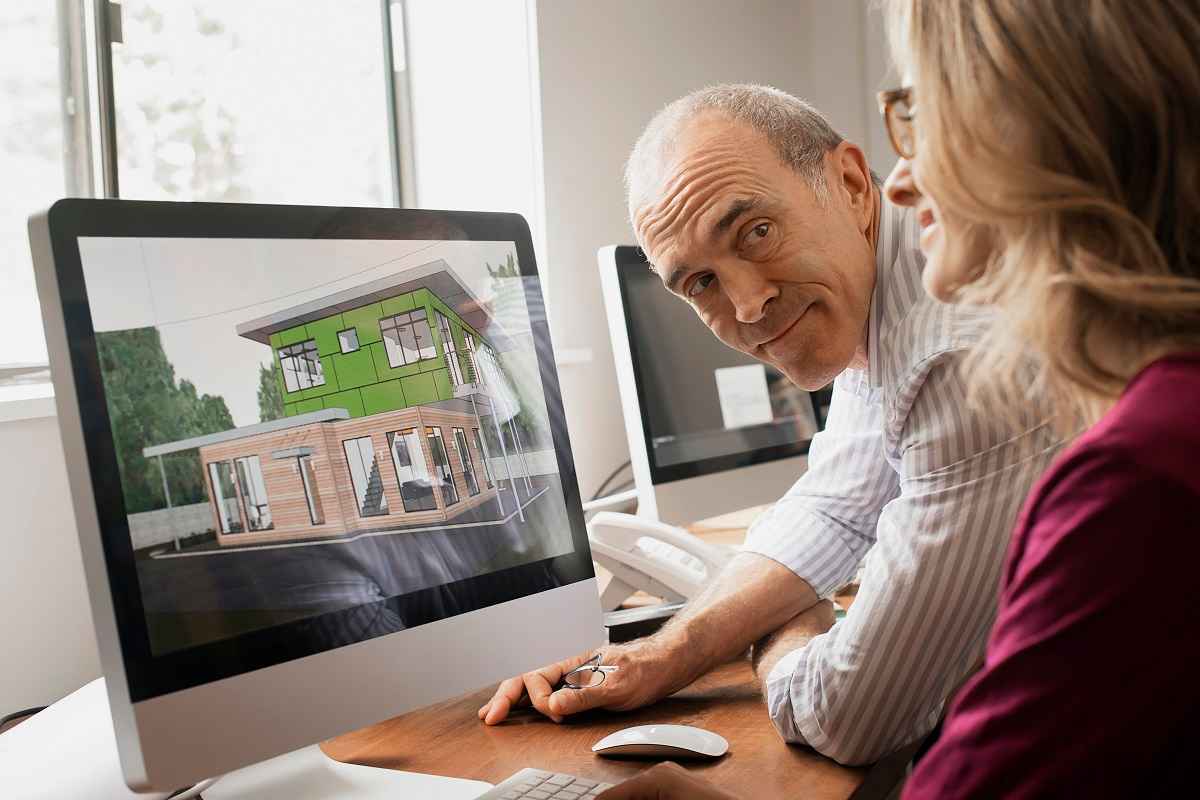What Are Green Construction Practices?
Green construction practices encompass a range of environmentally responsible methods used in building design, construction, and operation. These practices aim to reduce the environmental impact of construction projects, conserve natural resources, and create healthier spaces for occupants. Green construction practices incorporate various strategies, including energy efficiency, water conservation, waste reduction, and the use of sustainable materials.
A fundamental aspect of green construction is energy efficiency. This involves implementing technologies and systems that reduce energy consumption in buildings. Practices like using high-efficiency HVAC systems, LED lighting, and smart thermostats contribute to energy efficiency. Incorporating renewable energy sources, such as solar panels and wind turbines, further enhances sustainability by reducing reliance on fossil fuels.
Green construction practices also focus on water conservation. Buildings designed with water efficiency in mind include features like low-flow fixtures, rainwater harvesting systems, and efficient irrigation systems. These practices help reduce water consumption and support sustainable use of water resources.
Waste reduction is another key component of green construction. By minimizing construction waste through practices like construction waste recycling, prefabrication, and modular construction, green builders reduce the impact on landfills and promote resource efficiency. The use of recycled materials and sustainable building products further contributes to waste reduction.
Additionally, green construction practices prioritize indoor air quality and healthy materials. This includes the use of low-VOC (volatile organic compounds) paints, adhesives, and finishes, as well as ensuring proper ventilation. By promoting healthier indoor environments, green construction enhances the well-being of building occupants.
Overall, green construction practices are crucial for promoting sustainability in the built environment. They require a combination of engineering expertise, environmental awareness, and the capacity to implement practices that reduce the environmental impact of construction.
Why Learn About Green Construction Practices Nowadays?
Learning about green construction practices is more relevant than ever as the world focuses on sustainability and reducing carbon emissions. The construction industry has a significant impact on the environment, and green construction practices are essential for mitigating that impact. Here are a few reasons why learning about green construction practices is valuable:
First, green construction practices are crucial for environmental sustainability. By reducing energy consumption and minimizing waste, these practices lower the carbon footprint of buildings and contribute to a more sustainable future. Learning about green construction practices gives you the skills to create environmentally responsible buildings.
Second, green construction practices play a key role in energy efficiency and conservation. Buildings designed with energy efficiency in mind require less energy for heating, cooling, and lighting, leading to reduced greenhouse gas emissions and lower energy costs. By learning about green construction practices, you can contribute to the development of energy-efficient buildings.
Third, learning about green construction practices offers a wide range of career opportunities. Professionals with expertise in green construction can work in various fields, including architecture, engineering, construction management, and sustainability consulting. The ability to design and implement sustainable building practices is highly valued, providing career growth and development opportunities.
Work in Green Construction Practices
Working in green construction practices involves a variety of tasks, from designing sustainable buildings to managing construction projects and ensuring compliance with green building certifications. Green construction professionals collaborate with various stakeholders, including architects, engineers, construction companies, and sustainability experts, to ensure that construction projects are environmentally responsible and resource-efficient.
A typical day for a green construction professional might include designing building plans, selecting sustainable materials, and coordinating with construction teams. Green construction professionals use tools like computer-aided design (CAD) software, energy modeling programs, and green building certification tools to design sustainable buildings and track project progress. They also focus on energy efficiency, water conservation, and waste reduction to ensure compliance with green building standards.
Green construction professionals often specialize in specific areas, such as energy-efficient building design, water conservation, or waste reduction. Each specialization requires unique skills and knowledge. For example, energy-efficient building designers focus on creating buildings that use less energy, while water conservation specialists design systems that minimize water usage in buildings.
The work environment for green construction practices can vary, with professionals spending time in offices, on construction sites, and in meetings with project teams. This variety adds to the appeal of the career, offering a mix of design work and hands-on project management.
Career progression in green construction practices can lead to roles like senior green construction engineer, project manager, or director of sustainability. With experience, green construction professionals may move into leadership positions, overseeing green building departments and driving sustainable construction strategies. Some green construction professionals also choose to work in consulting, providing expertise in sustainable construction practices to various organizations.
Why Are Green Construction Practices Crucial for Innovation?
Green construction practices are crucial for innovation because they offer a framework for creating buildings and infrastructure that are environmentally responsible and resource-efficient. These practices drive innovation by promoting energy efficiency, reducing waste, and using sustainable materials. Here are some reasons why green construction practices are key to innovation:
First, green construction practices foster environmental sustainability. By reducing energy consumption and minimizing waste, these practices contribute to a more sustainable built environment. This focus on sustainability drives innovation by encouraging the development of greener building practices and technologies.
Second, green construction practices are essential for energy efficiency and conservation. Buildings designed with energy efficiency in mind require less energy for heating, cooling, and lighting, promoting sustainability and reducing costs. This emphasis on energy efficiency drives innovation by promoting the adoption of energy-saving technologies and systems.
Third, green construction practices support health and well-being. By using non-toxic materials and ensuring proper ventilation, these practices create healthier indoor environments. This focus on health fosters innovation by encouraging practices that improve the quality of life for building occupants.


